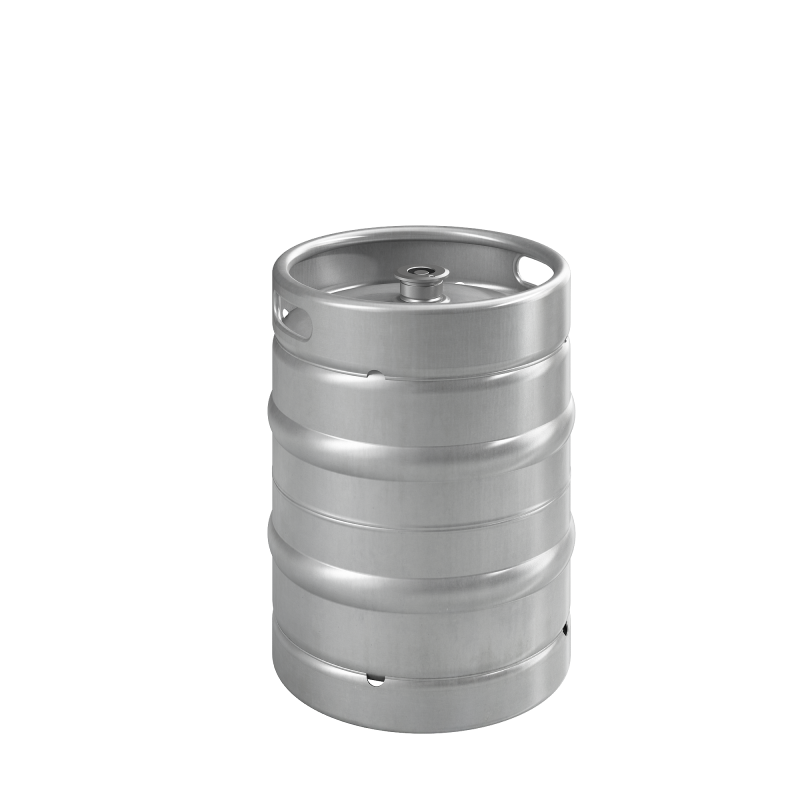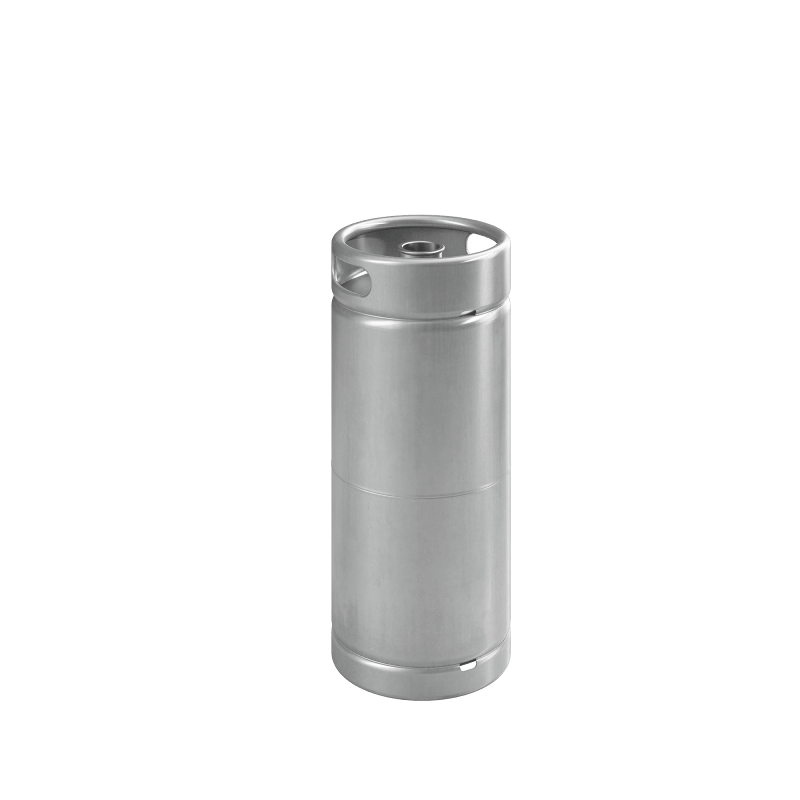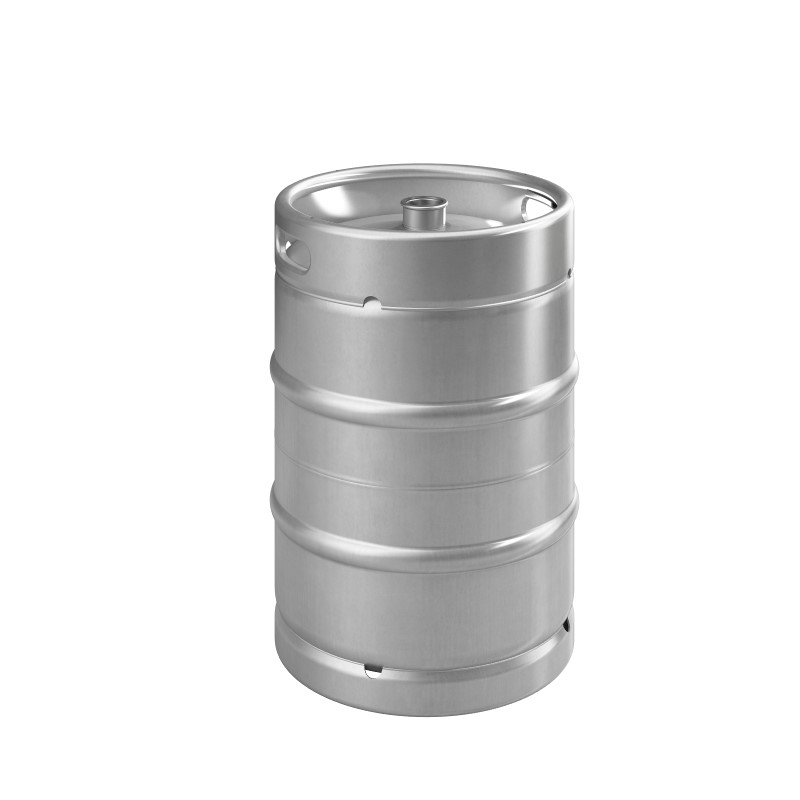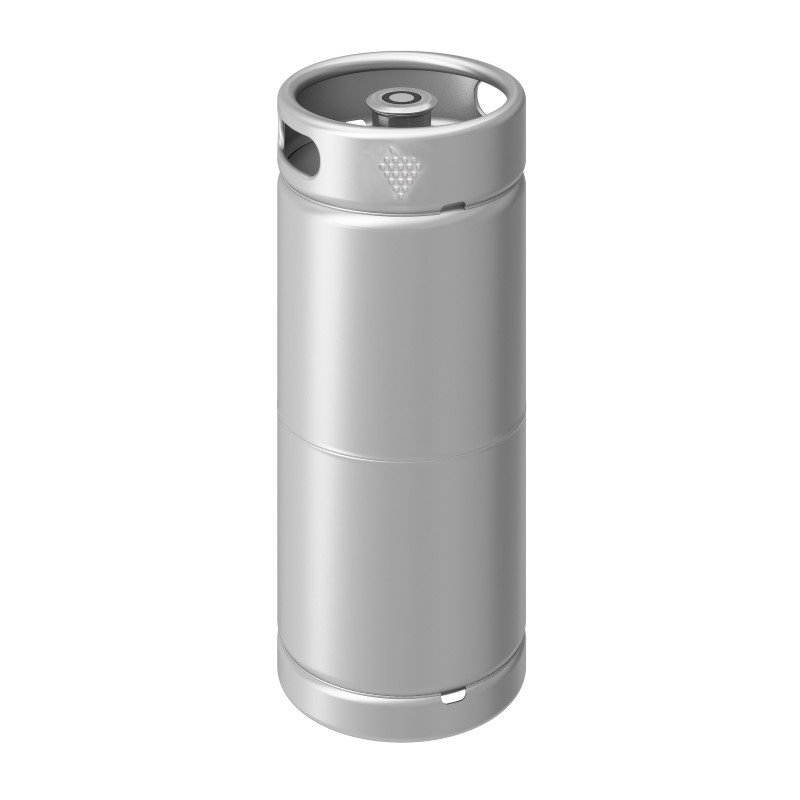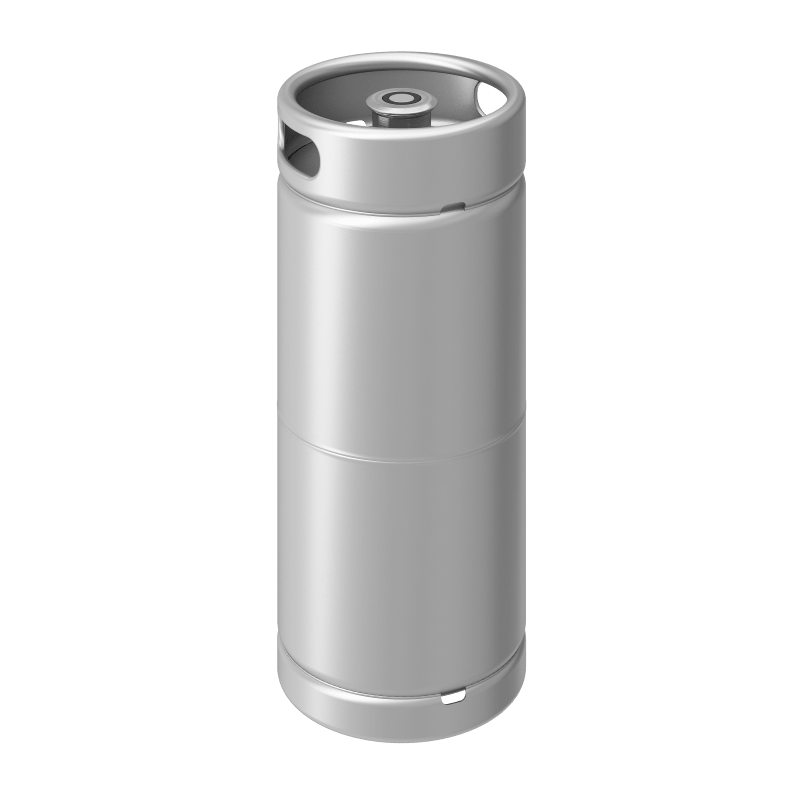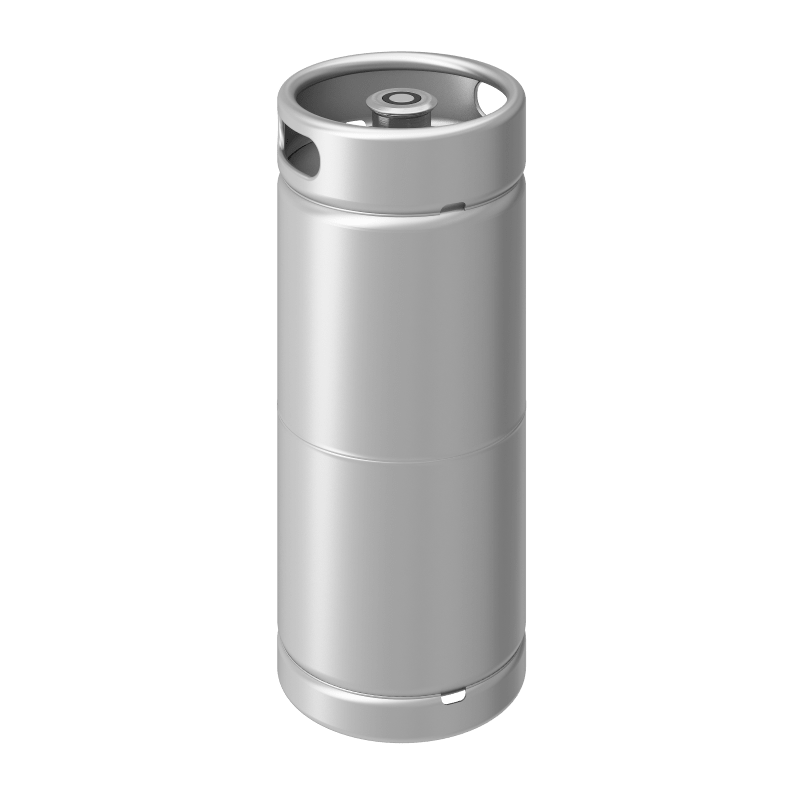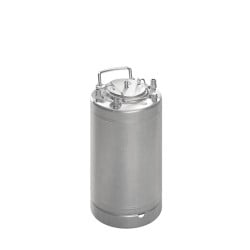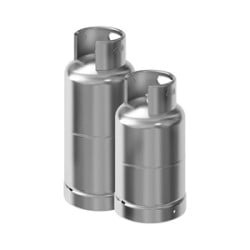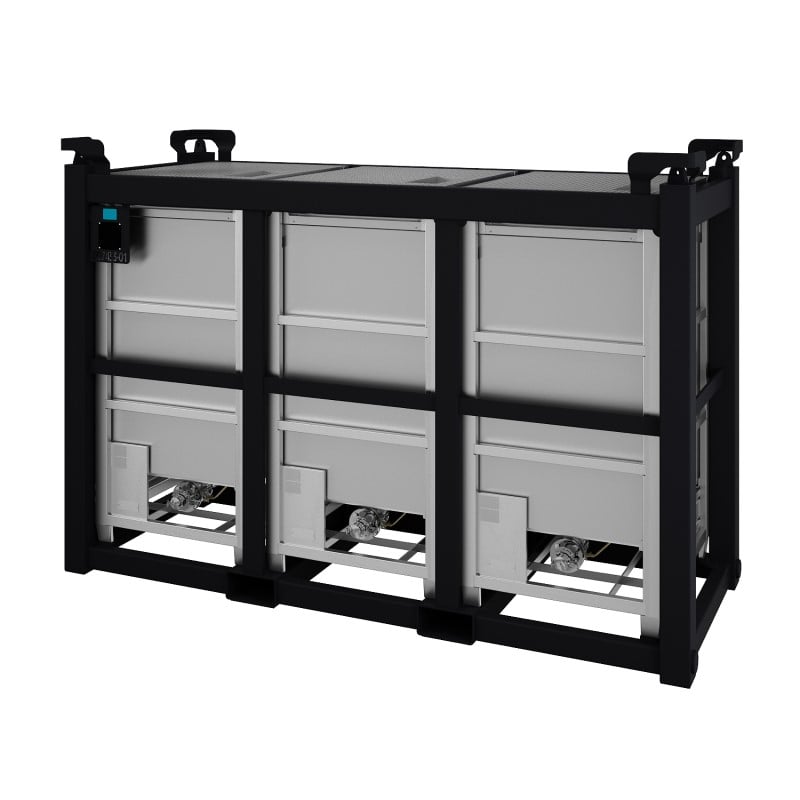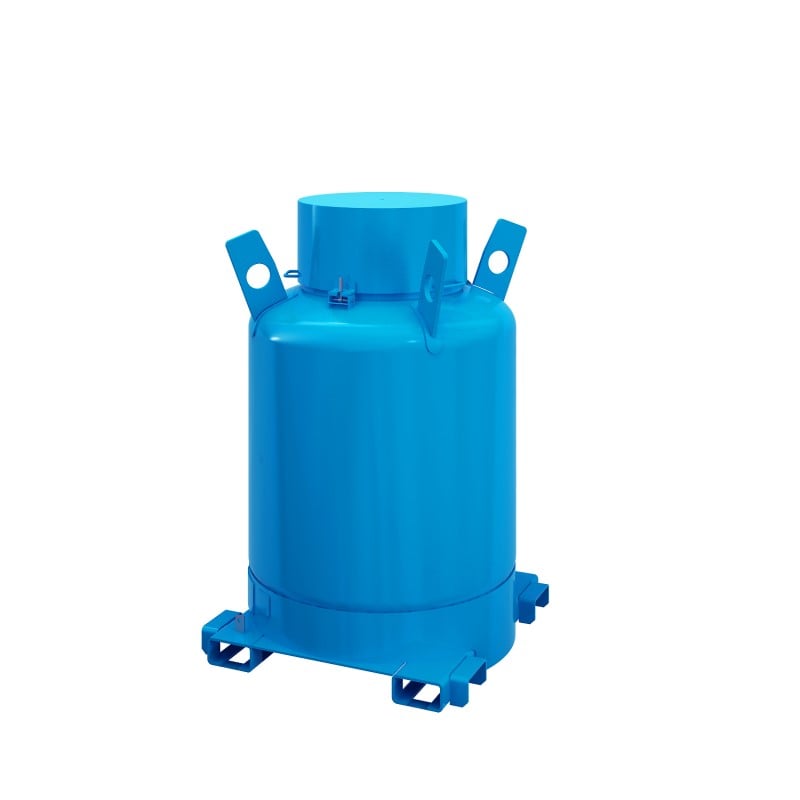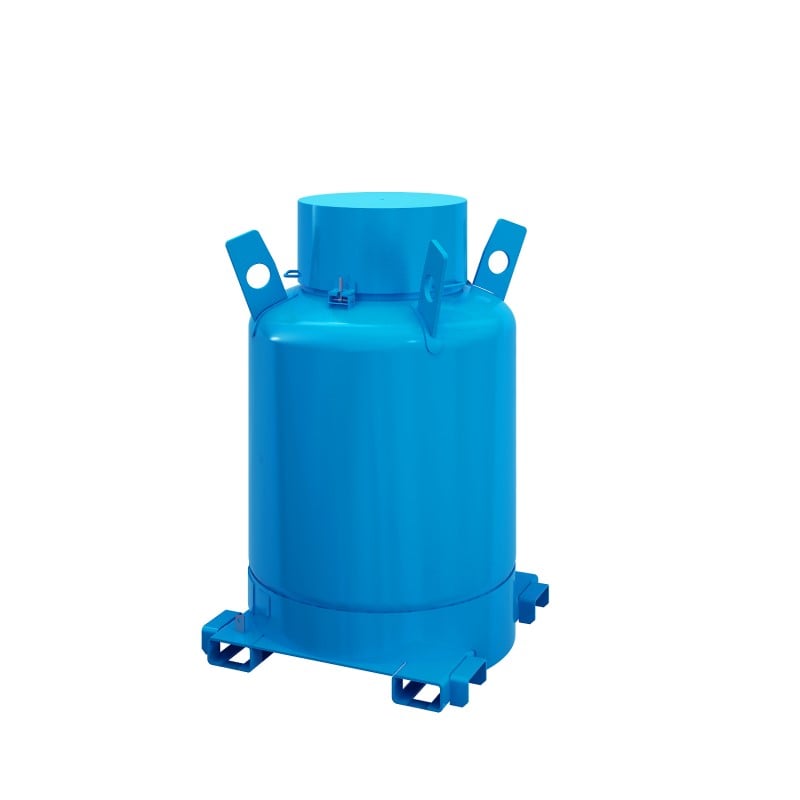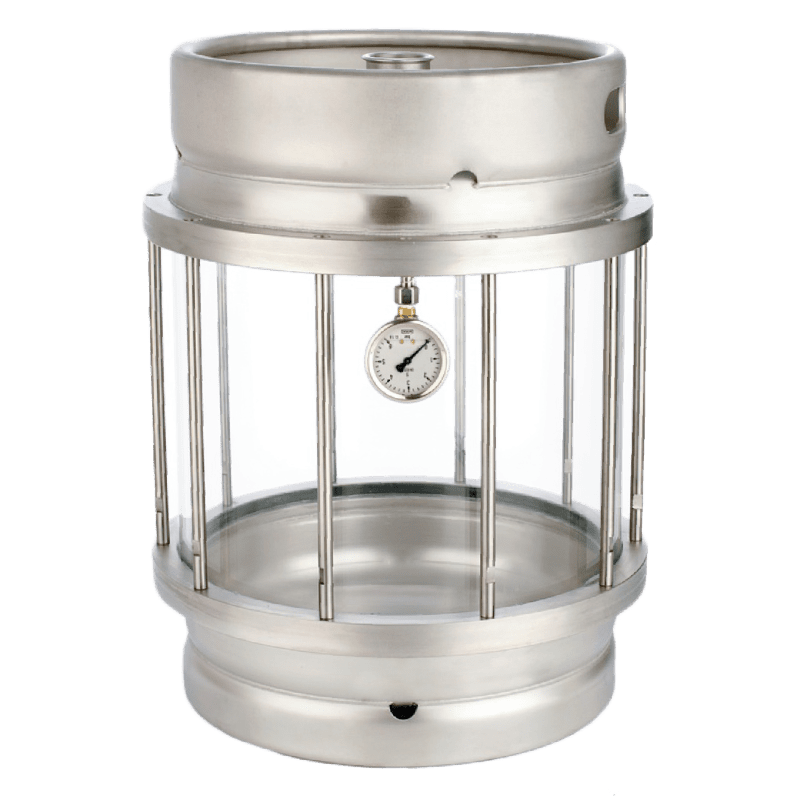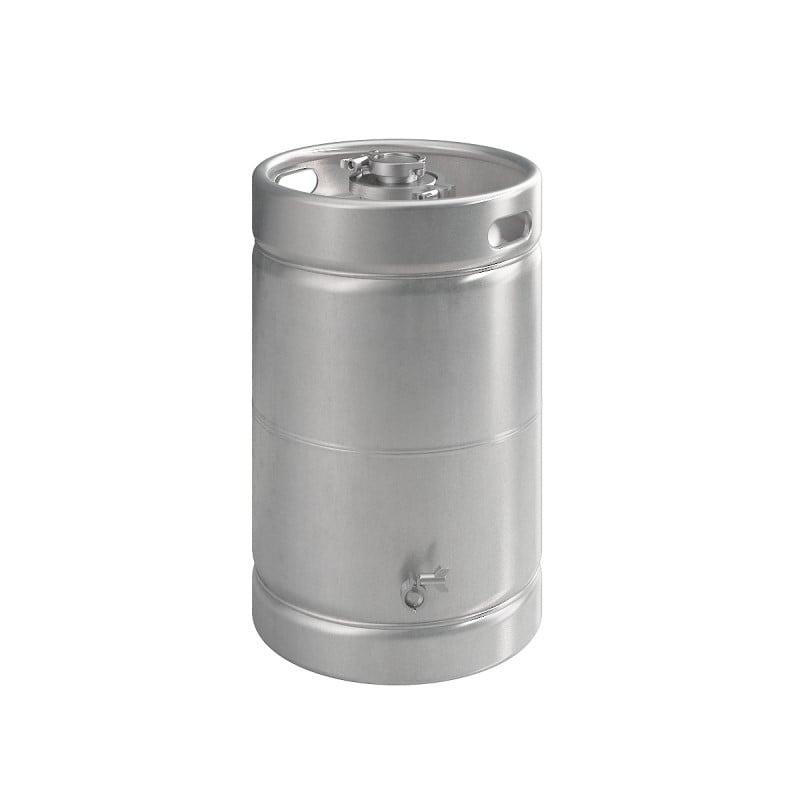The World Resources Institute estimates that in order to stop global warming to below 1.5 degrees Celsius, we need to reduce carbon emissions by at least 43%. Anything less could have catastrophic effects on wildlife habitats, human settlements, and life itself. It’s absolutely imperative that industries of all types adopt greener practices.
Undoubtedly, it’s an enormous challenge. Many companies need to radically reappraise the way they operate, from the materials they use to the way their distribution channels are run. But according to THIELMANN CEO Manfred Zurkirch, it shouldn't be seen as an obstacle; instead, it should be viewed as an opportunity.
Industry leaders should focus on the big picture and embrace the fact that a sustainable company is, by nature, more resource efficient. And where resources are saved, so is money. Ultimately, there’s no downside to running a green business – and with so much at stake, there’s no time to lose.
In this interview, Manfred elaborates on THIELMANN’s approach to sustainability, what the company is doing to be greener, and why stainless steel will play a key role in this new age of green industry.
Hi Manfred. First, What does sustainability mean to THIELMANN?
THIELMANN aims to approach sustainability from a holistic perspective. Although the environmental aspect is paramount, the notion of sustainability also encompasses important social and economic factors.
There is enormous competitive and social pressure to be more sustainable, and quite rightly so. It’s becoming abundantly clear that we have no other choice. Industry must change: we must reuse, reduce, and recycle, and strive for greater efficiency at every stage in the value chain.
But this imperative shouldn’t be viewed negatively; it should be seen as an opportunity. Adopting sustainable practices is an excellent way to attract new customers and create new markets. Equally, the pressure to increase efficiency will ultimately improve the bottom line. There’s no downside to operating a greener business.
This leads nicely to my next question, which you’ve already partly answered.
What role does sustainability play in THIELMANN’s corporate strategy? What are the specific benefits?
A company that is environmentally sustainable is financially sustainable. I’ll give you a concrete example: THIELMANN is a founding member of the Steel Keg Association. The membership seeks to develop the steel keg market by promoting the environmental and financial benefits of steel kegs.
The association aims to do this at every level. We are not just seeking to communicate with breweries, bars, and restaurants, but also the end consumer. We want them to know that when they choose a draft beer, they save as many as two or three plastic or aluminum containers.
Promoting these virtues are especially urgent after the pandemic. The crisis gave single-use products a boost, while marketers also tend to favor disposable containers as they create greater brand visibility. However, when it comes to the environment, steel always comes out on top. These issues are becoming more and more important to consumers and we’re seeking to accelerate the tendency.
That’s interesting, because when you think of a company like THIELMANN you don’t immediately think about the end consumer, more business-to-business transactions.
Certainly, but every stakeholder has their part to play in changing habits. As a united front, we hope we can make changes throughout the value chain.
Right, so can you explain why stainless steel is so integral to sustainable development and consumption?
Well, it’s no secret that it’s resource-intensive to make new stainless steel. That said, the environmental benefits emerge later down the line. It’s the longevity of stainless steel that gives it the green edge over, say, plastic.
A Life Cycle Analysis demonstrates that over time, the environmental impact of a steel container drops below that of a plastic vessel that’s repeatedly disposed of and reproduced. Even once a steel container comes to the end of its life, it’s refurbish-able and infinitely recyclable. Right now, one of our plants just got in a fleet of kegs that’s more than 40 years old, and once our maintenance crew is finished, they’ll have even more life in them yet.
We’re looking to emphasize this benefit in the IBC space where plastic is still the leader. Once sectors beyond food and beverage throw more weight behind reuse, reduce, recycle principles, I think we’ll see a big change in the environmental impact of a lot of industries.
What is THIELMANN doing to make its operations more sustainable?
On the subject of reduce, reuse, recycle, THIELMANN aims to practice what we preach. The steel we purchase from our suppliers is 75% recycled, which maximizes reuse while retaining durability.
We’re also constantly seeking to make our operations more efficient. Here’s one example: we use helium to test the air tightness of our containers. Helium is a tiny atom, so if no helium is escaping, liquid certainly can’t. The issue is we lose helium during the filling and emptying process. By carefully monitoring wastage, we can save this valuable resource.
This doesn’t only save resources, it saves money, which brings me back to how environmental and financial sustainability is intertwined. This is why THIELMANN views environmental imperatives as opportunities rather than obstacles. Take the energy crisis for example; the financial pressure marries with the environmental pressure to make our factories more energy efficient.
As a result, we’re investing heavily in green energy at our factories. In Granada, we’ve collaborated with our energy supplier to install solar panels. This makes the factory partly self-sufficient, supplementing the renewable energy we source from the supplier. Not only does it make our factories more sustainable and set an important precedent for the industry, it radically reduces the amount spent per kilowatt hour.
Has THIELMANN got any specific targets set?
Yes, absolutely. These targets aren’t only drawn up on a corporate level; they’re as granular as possible. We set targets for every plant, piece of equipment, and employee. We carry out this exercise annually with a view to re-investing savings into green initiatives that make our factories more efficient from every perspective.
And finally, what do you see for the future of steel?
Undoubtedly, the steel container industry is on the up. Potential clients aren’t only seeing the benefits – both from a financial and environmental perspective – but new legislation is compelling them to choose reusable solutions. New legislation in France, for example, insists that manufacturers use more robust container solutions for health and safety reasons.
However, this doesn’t mean stainless steel advocates should be complacent. It’s essential that we keep innovating to make our product and operation more sustainable. THIELMANN, for example, has developed a lightweight IBC frame. This saves resources, streamlines logistics, and ultimately, reduces costs and the container’s carbon footprint. We’re immensely proud of this innovation and looking at where else we can apply this solution without compromising on durability.
Sounds like exciting things are in store! Thanks for your time Manfred.
Learn more about THIELMANN’s durable, sustainable solutions here.


